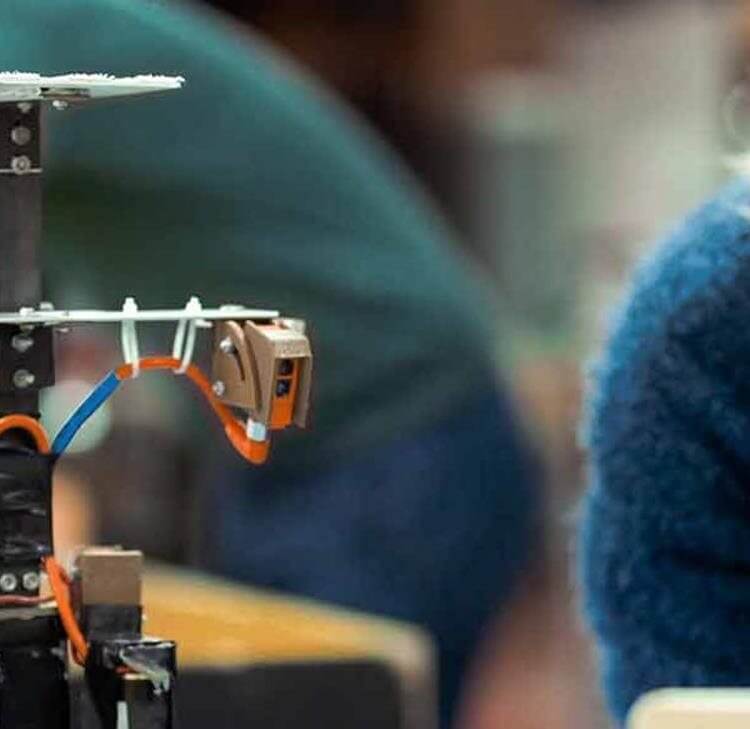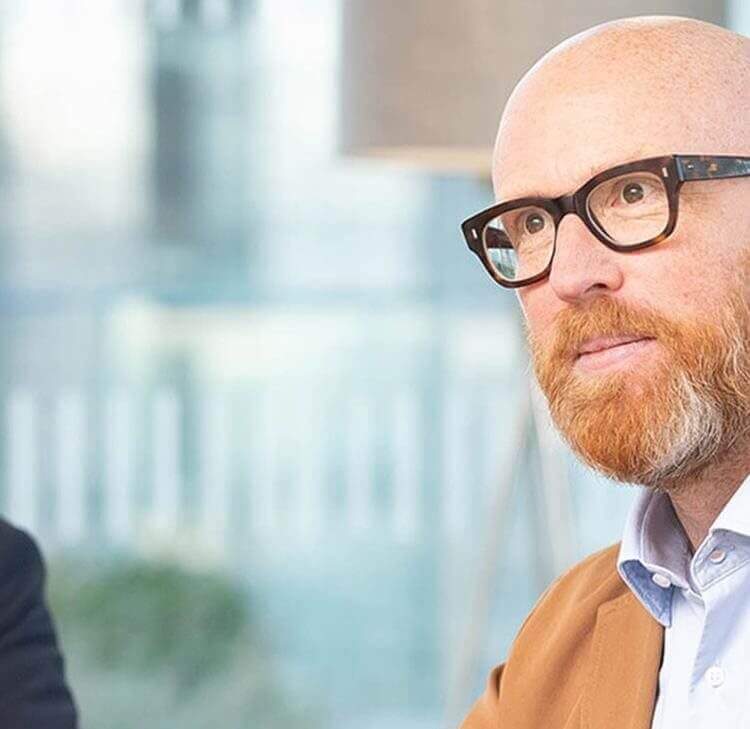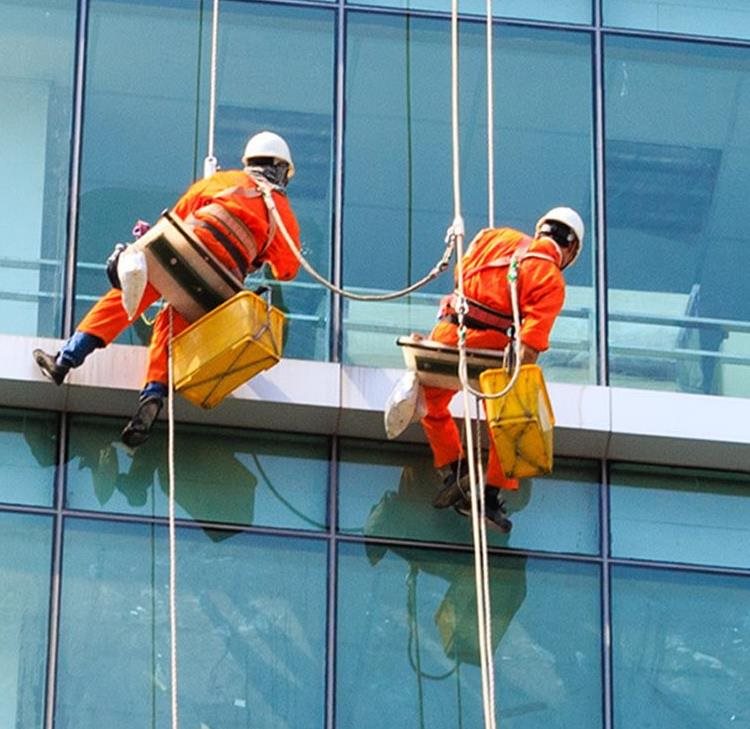On 17 August 2023, the Government published new secondary legislation under the Building Safety Act 2022 (the Act), being five new regulations to bring the new building control regime for all buildings into force from 1 October 2023.
These regulations are important, since the new Building Safety Regulator (the Regulator) has extensive enforcement powers for non-compliance, including the levying of fines and requiring the alteration or removal of non-compliant work, with all work on site to be stopped until the non-compliance is resolved. A failure to comply with such a notice is a criminal offence and could result in imprisonment and an unlimited fine and, in circumstances where the offence is committed by a company, LLP, partnership or other “unincorporated body”, the Act allows the prosecution in certain circumstances of directors, managers, partners, any “similar officer” and any person purporting to act in any such capacity. This means those carrying on building works through a company or other entity may not be able to rely on the corporate structure as a shield to avoid penalty in the event of non- compliance with notices given by the Regulator following any contravention of the building regulations.
Accordingly, it is essential that anyone involved in the construction sector, whether as a builder, construction professional, developer or insurer, understands the day-to- day application of the regime.
This article considers the changes which will be introduced with effect from 1 October 2023 by The Building (approved inspectors etc. and Review of Decisions) (England) Regulations 2023 (the approved inspectors regulations) in relation to the carrying out of the building control function for all buildings, the giving by persons carrying out construction work of notices and prescribed information to the applicable building control authority, and the consequences of a failure to do so.
We will release further articles shortly considering the introduction of the “dutyholders and competence” regime for all buildings, as well as the new building control regime for higher-risk buildings (to include the “golden thread” and mandatory occurrence reporting).
Background
As we explained in our second article regarding the Act, the Regulator has been established as a division of the Health and Safety Executive to:
- Implement the new building control regime for all buildings.
- Act as the building control body for work relating to higher- risk buildings.
- Oversee the safety and performance of all buildings.
- Introduce and oversee a regulatory regime for building control professionals.
- Exercise wide-ranging enforcement powers to enforce obligations and prosecute offences under the Act.
The enforcement powers of the Regulator include:
- The levying of fines for non- compliance.
- Giving a notice to a property owner to alter or remove non- compliant work at any time within up to 10 years.
- During the carrying out of works, to give notices requiring non- compliant work to be remedied by a certain date and for all work on site to be stopped until the non- compliance is resolved.
As set out here, the Regulator has extensive powers in result of failures to comply with its notices.
The approved inspector
Historically, the building control function for all buildings has been carried out by approved inspectors. In accordance with the Act, the functions of approved inspectors will be transferred to registered “building control approvers”. We understand this will take effect from 6 April 2024.
The Regulator will be the building control authority and the approver for construction work carried out to existing and new higher-risk buildings (and, in relation to the definition of higher-risk buildings, see our first article published in response to the enactment of the BSA).
The local authority building control service will be the building control authority and approver for construction work carried out to buildings which are not higher-risk buildings. Alternatively, the role of “approver” can be carried out by a private organisation which is a registered building control approver.
Despite this change to the “approver” regime, the approved inspectors Regulations refer to the “approved inspector”. For consistency, we will use that term in this article though our understanding is that, in future, any references to “approved inspector” should be read as “building control approver” until further secondary legislation is introduced to regularise the position.
Notices to be given to the approved inspector
A person carrying out construction works is required:
- At least 2 days prior to the start of the works, to give an initial notice to the approved inspector of the intention to start work (the Initial Notice).
- Within 5 days of the actual start of work, to give a further notice to the approved inspector confirming the commencement of the work (the Commencement Notice).
The work is regarded as commenced if the approved inspector does not give a rejection notice within 4 weeks of the Commencement Notice. An approved inspector may take such steps as it thinks appropriate to check whether the work is to be regarded as commenced, including requiring information or the opening up of work for inspection.
A rejection notice must specify the reasons for rejection, and no further notice can be given by the person carrying out the construction works until satisfied those reasons have been resolved.
Alternatively, a rejection notice may be appealed to the First-tier Tribunal within 21 days beginning with the day after the day on which the rejection notice was given if the person carrying out the construction works considers that the decision to reject the Commencement Notice was based on an error of fact, wrong in law, unreasonable, or made without following the relevant procedure.
It is an offence punishable by fine or imprisonment to:
- Commence work without having given an Initial Notice or Commencement Notice.
- Carry on or commence work following a rejection notice, unless the person carrying out the construction work is satisfied the reasons for the rejection have been resolved.
The consequences of disregarding the requirement to give the Initial Notice and the Commencement Notice could not, therefore, be more severe.
Prescribed information to be given to the approved inspector
Aside from the Initial Notice and the Commencement Notice, there is a range of prescribed information which must be given by clients, contractors and construction professionals to the approved inspector during the lifecycle of a project.
In each case, a failure to provide this information may result in the approved inspector being unable to give the final certificate and may, therefore, cause delay to completion. As a division of the Health and Safety Executive which is known for adopting a strict
approach to compliance in relation to environmental and health and safety matters, we expect the Regulator will adopt a similar approach in relation to the conditions which need to be met for the issue of a final certificate.
Notification of dutyholders
A commercial client must give the approved inspector notice in the prescribed form within 14 calendar days of the appointment of each principal or sole contractor or designer. This obligation continues through the lifecycle of a project, meaning notice must be given on each occasion there is any additional, or any change in, contractor or designer.
The notice can be given on behalf of the client by a third party, such as a project manager, providing the notice includes a signed statement from the client confirming agreement to the notice being given, and that the information contained in the notice is correct.
In the case of a domestic client, the notice must be given to the approved inspector by the contractor or designer on, or as soon as practicable after, the date of their appointment.
Where there is a change in contractor or designer, the outgoing contractor or designer must also give notice to the approved inspector within 5 calendar days of date on which their appointment ends.
Fire safety information
For the purposes of the Building Regulations, “fire safety information” means information relating to the design and construction of the building or extension, and the services, fittings and equipment provided in or in connection with the building or extension which will assist the “responsible person” to operate and maintain the building or extension with reasonable safety.
The responsible person means the employer or person with control of the premises.
Previously, the person carrying out the work was required to give fire safety information to the responsible person not later than the earlier of the date of completion of the work or the date of occupation of the building or extension. This has been expanded to also require the fire safety information to be given, if applicable, no later than the date on which the Initial Notice ceases to have effect because the corresponding work has been substantially complete for a period of eight weeks and no final certificate has been given.
Until the fire safety information is given, the approved inspector will be unable to satisfy the requirements for the issue of a final certificate.
As noted above, we expect the Regulator will take a strict approach to ensuring compliance; particularly in relation to fire safety matters.
Compliance declarations on completion of work
Following completion of the building work described in an Initial Notice, the client must give the approved inspector a notice in the prescribed form which includes:
- A statement that the building work is complete and, to the best of the client’s knowledge, complies with Building Regulations.
- A statement from the principal contractor and principal designer confirming compliance with the duties imposed on them in accordance with the new regulatory regime contained in Part 2A of the Building Regulations.
Until these statements are given, the approved inspector will be unable to satisfy the requirements for the issue of a final certificate.
Summary
The changes greatly increase the severity of the consequences of failing to comply with the core requirements for the giving of notices and prescribed information to the applicable building control authority.
As a result, anyone carrying out construction work, whether as a builder, construction professional or developer, should put in a place a system to ensure notices and prescribed information is given to the applicable building control authority in the correct form and on time. Although this may be considered another administrative burden for a sector under ever increasing pressure, it is nevertheless necessary to avoid the risk of delay, a fine, or even imprisonment.
Contact

Tim Claremont
Partner
tim.claremont@brownejacobson.com
+44 (0)20 7871 8507

Gavin Hoccom
Partner
Gavin.Hoccom@brownejacobson.com
+44 (0)330 045 2413









































